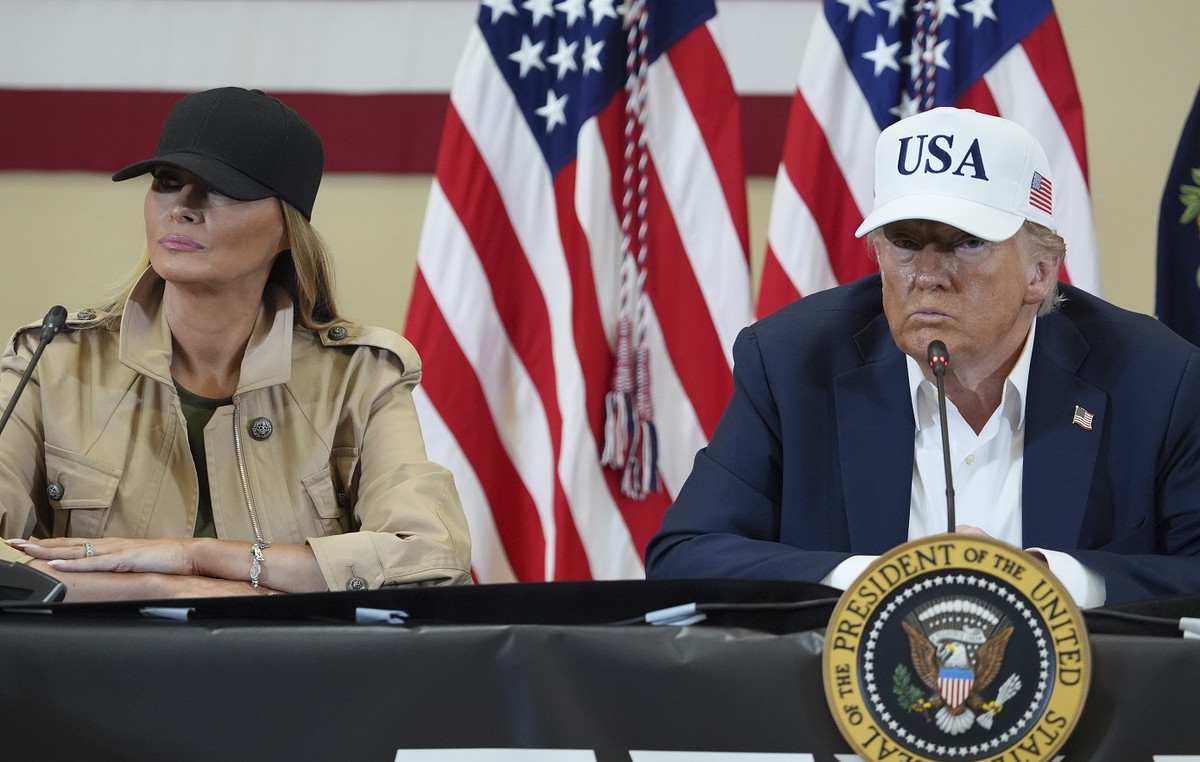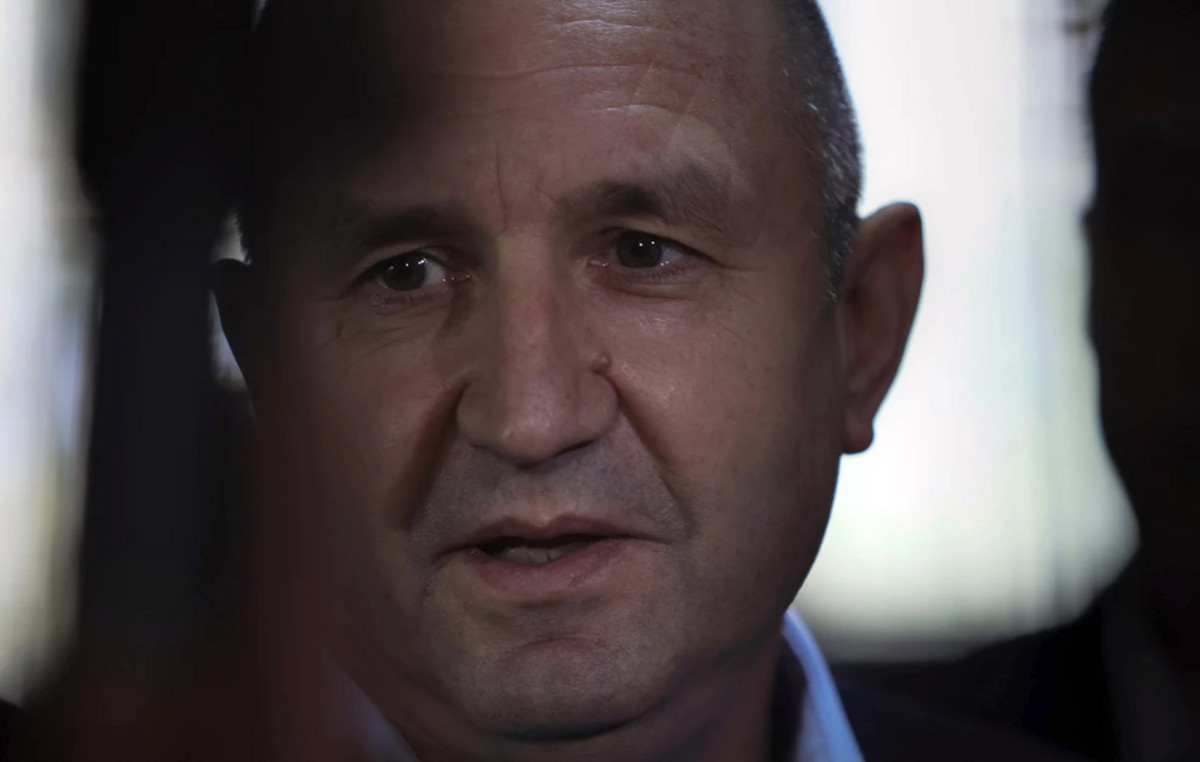This Monday (15), president Jair Bolsonaro (no party) said that the Amazon could not catch fire because it is a “humid forest” – but the statement is “disinformation”, said the biologist and professor at University of Brasília, Mercedes Bustamante, in an interview with CNN.
“The Amazon is a tropical rainforest, but what we need to consider is that the forest is under impacts from human-induced changes. When there are deforestation processes, [ele] it breaks up the forest into small units and increases the ‘edge effect’: the forest edge becomes drier and more susceptible to forest fires”, explains the professor.
Bolsonaro made the statements during the opening of the Invest in Brazil Forum (event with investors), in Dubai, in the United Arab Emirates. For the president, the attacks that the country suffers due to the rates of fires and deforestation “are not fair”.
“We want you to get to know Brazil for a fact. A trip, a walk through the Amazon is something fantastic… Even for you to see that our Amazon, being a humid forest, does not catch fire, so that you can really see what it has”, he said.
For Mercedes Bustamante, both data from satellite monitoring carried out by the Space Research Institute (Inpe) and the scientific understanding accumulated so far on the subject show that there is a “transformation of the Amazonian system”.
According to data from areas devastated by fires in 2021, Inpe identified 217,239 km² affected among the six Brazilian biomes by the end of September. The data are from the burned area map prepared by the agency.
The most affected biome was the Cerrado, with 124,021 km² burned. Next are the Amazon, with 37,938 km², and the Caatinga with 22,282 km². The Atlantic Forest appears in fourth with 19,203 km², followed by the Pantanal (13,645 km²) and by the Pampa (1,150 km²).
“Today, unfortunately, the forest is in the convergence of three pressure factors: deforestation, degradation and climate change. This has been changing ecological conditions, which makes fire more present in the region”, said the professor.
Among the actions that impact the region, Bustamante points out that the selective removal of wood resulting from deforestation “opens the forest cover, allows the entry of more solar radiation and surrounds the forest, making it susceptible to fire”. In addition, fires intentionally placed in the forest, in this context, also contribute to the spread of large fires.
In his speech, Bolsonaro also said that the forest would be “exactly the same as when it was discovered in the year 1500”. However, Mercedes Bustamante also contested the assertion and said that, in certain areas, there are even fears that a point of no return for the achieved degradation will be reached.
“We are not at this same level. We have almost 20% of the Amazon deforested, and we add about 18% of the area that is in the process of degradation. In some regions, in what we know as the arc of deforestation, we see a transformation that takes this region to what is called an inflection point, when the conditions for having a humid tropical forest would be lost,” he said.
For the biologist, although Brazil’s position at COP26 was “welcome” due to the change in its posture in relation to environmental negotiations, the more ambitious goals – such as zeroing deforestation by 2030 – need to be accompanied by recognition and a change in posture.
“It is necessary to accept the reality of deforestation, that it exists and needs to be fought. It is not enough to have an agreement signed in a week and a contradictory statement like this one in the following week”, said the biologist.
*With information from Andre Rigue of CNN
Reference: CNN Brasil







